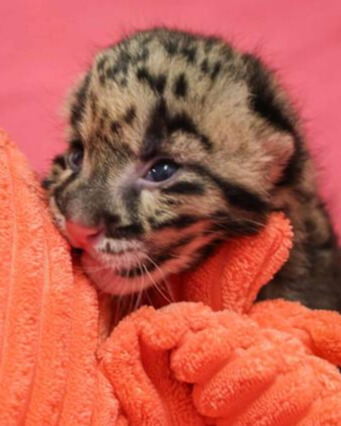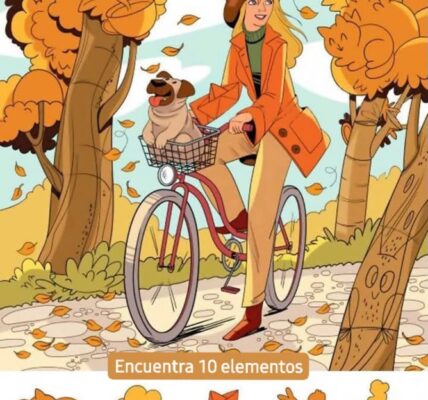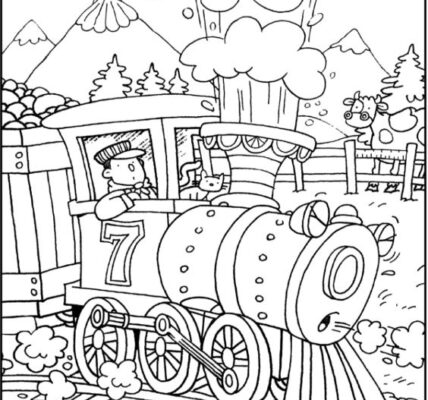Critically Endangered Clouded Leopard Cub Born at Nashville Zoo to Be Hand-Reared for Survival. TN
On the morning of July 18, a fragile but fierce little life entered the world at the Nashville Zoo — a rare female clouded leopard cub weighing just one pound, about the size of a small teddy bear. With her eyes still sealed shut and her paws no bigger than a human thumb, she may look delicate, but for conservationists, she represents something powerful: hope.
She is the 45th clouded leopard cub born under human care at the facility since 1991, joining a long legacy of the zoo’s commitment to preserving this elusive and vulnerable species. Classified as “Vulnerable” by the International Union for Conservation of Nature (IUCN), the clouded leopard faces a precarious future in the wild — and every birth is a victory in a race against time.
Because her survival is critical, the zoo’s experts have made the decision to hand-rear her from day one. This approach, though labor-intensive, offers the best possible chance for her to thrive. In clouded leopards, parental neglect or even predation by their own mothers is unfortunately not uncommon. Hand-rearing also helps young cubs adapt to human presence, making them less stressed in public exhibits and more cooperative when introduced to potential mates later in life — a key factor in successful breeding programs.
This cub is the third offspring of her parents, Jewels and Bruce, who previously produced a healthy male and female in 2022. When she grows a little stronger, she will meet a recently arrived brother-sister pair from another accredited wildlife park. These introductions are more than just social opportunities — they are carefully planned matchmaking efforts to strengthen genetic diversity among the captive clouded leopard population.
The urgency is real. In the wild, experts estimate only 10,000 clouded leopards remain. Their forests are being destroyed by deforestation, and the cats are relentlessly targeted by poachers for their striking pelts and teeth. The exotic pet trade poses yet another threat, often leading to the suffering or death of animals taken from their natural habitats.
Breeding them in captivity is notoriously challenging. They are shy, easily stressed by unfamiliar sights and sounds, and often reluctant to breed. Conservation teams sometimes turn to artificial insemination to help introduce fresh genes into the global population, but even then, success is never guaranteed.
The joy surrounding this birth is bittersweet, as it comes only months after a heartbreaking loss. In April, a female cub born in February died unexpectedly from intestinal bleeding. She had captured hearts around the world, raising thousands of dollars for clouded leopard conservation before her sudden passing. Her loss was deeply felt by staff, volunteers, and supporters — a painful reminder of how fragile life can be for this species.
Now, with the arrival of this new cub, there is a renewed sense of hope. For the keepers who will bottle-feed her through sleepless nights, for the researchers tracking the survival of every individual, and for those fighting to protect the remaining wild populations, she is more than just a baby leopard.
She is a promise.
And in the fight to save the clouded leopard from extinction, every single promise matters.






